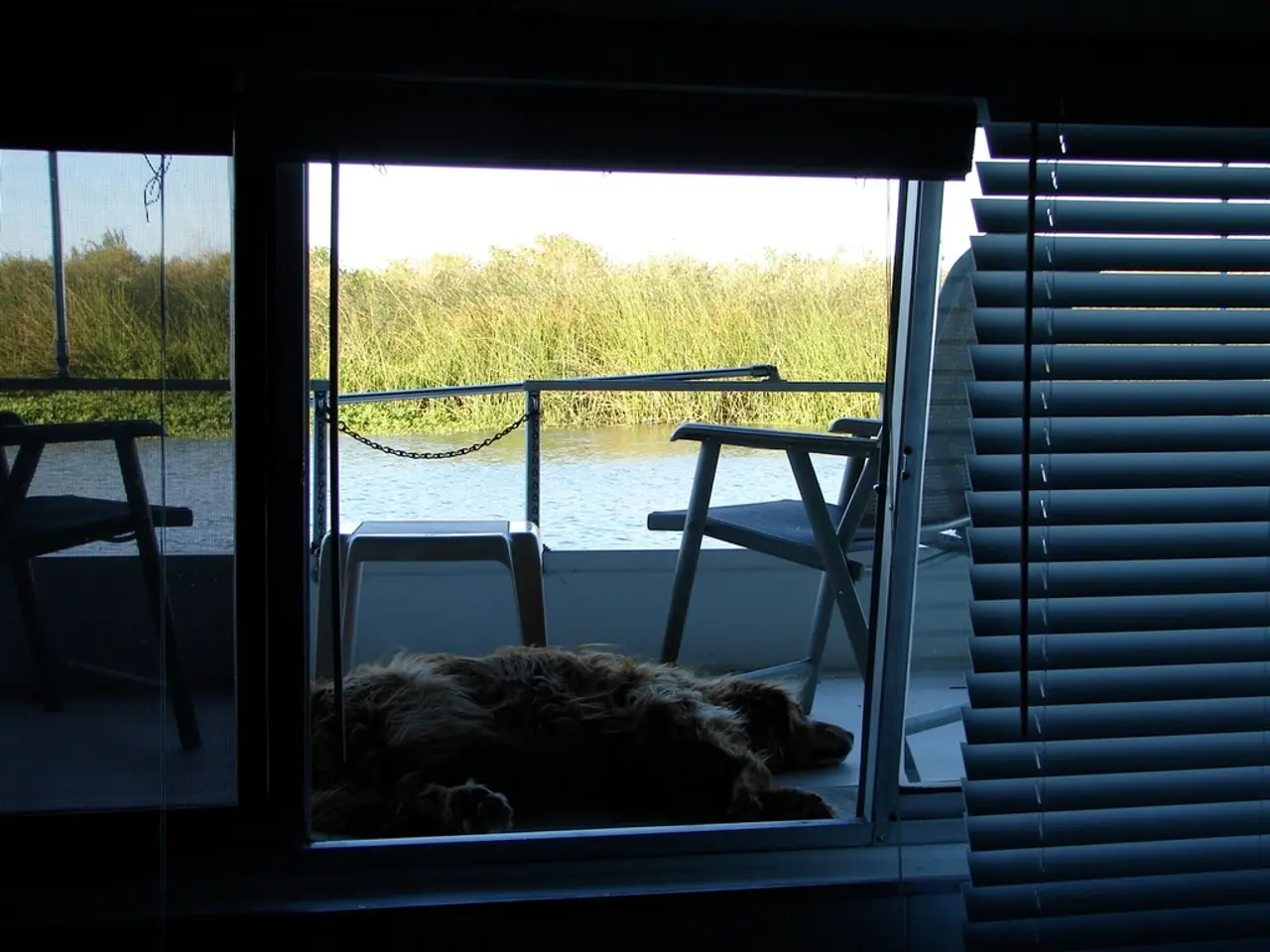Tips for a Designer on Handling Allergies in a Personal Workspace
==============================================================================
In the world of design, health is not just a detail, it's your foundation. This is especially true when creating a home studio, a space where you spend countless hours working on your creative projects. For those who suffer from allergies, designing an allergy-smart studio can be a game-changer, balancing health and aesthetics to create an environment that supports both your vision and vitality.
Effective design strategies for creating an allergy-friendly home studio while maintaining style and creativity focus on reducing allergens, using suitable materials, and thoughtful layout and decor choices. Here are some key strategies to consider:
Choose hypoallergenic materials and finishes
When it comes to flooring, opt for low-maintenance, moisture-resistant options such as vinyl or hard surface floors. These allergy-friendly choices are easy to clean and avoid carpets that trap dust, pet dander, and mold. For furniture and upholstery, select materials that repel dust and are simple to wipe down.
Manage allergens actively with treatments
Incorporate the use of allergen-neutralizing sprays that neutralize major allergens like pet dander and dust mite proteins on furniture, rugs, and soft surfaces. Regular application of these treatments can help reduce triggers and keep your studio allergy-friendly.
Optimize air quality
Use HEPA filters or advanced air purification systems to reduce airborne allergens, especially in enclosed spaces where air circulation may be limited. These systems will help maintain clean air and support your creative focus.
Limit soft furnishings and clutter
Minimize fabric-heavy items and excessive décor that collect dust. If rugs are desired for style and acoustics, choose low-pile, washable, or easily cleanable rugs to maintain a quieter, more focused space without compromising allergy control.
Use non-toxic, low-VOC paints and finishes
Maintain healthy indoor air quality and support creative aesthetics without chemical irritants by using non-toxic, low-VOC paints and finishes.
Incorporate natural light and plants carefully
While natural light enhances creativity, choose non-allergenic plants that do not produce pollen indoors and maintain proper humidity to prevent mold growth.
Creative yet functional layout
Design your studio to have distinct zones with easy-to-clean surfaces and proper ventilation, balancing aesthetics with practicality to maintain allergy control without sacrificing style.
By combining these strategies—hypoallergenic flooring and furniture, allergen-neutralizing treatments, air filtration, minimal dust-trapping decor, and non-toxic finishes—you can create a stylish, creative home studio that is welcoming for allergy sufferers and visually inspiring.
In addition to these design strategies, addressing allergies medically can provide long-term relief. Speaking to an allergist about options like allergy drops or shots could provide relief from relying on antihistamines and missing deadlines due to fatigue.
Remember, the environment shapes the experience, and this principle applies to health as much as aesthetics. By creating an allergy-friendly home studio, you're not only taking care of your health but also fostering an environment that supports your creativity and productivity.
- Incorporating fitness-and-exercise into a daily routine can further support the health-and-wellness of individuals working in a home studio, particularly those suffering from respiratory-conditions, as regular exercise helps strengthen the lungs and respiratory system.
- Science suggests that maintaining a workspace focused on workplace-wellness, such as an allergy-smart home studio, can lead to improved productivity and creativity, as a conducive work environment promotes a healthier, more relaxed state of mind.
- Individuals with medical-conditions like hay fever or asthma may be more vulnerable to increased triggers in the workplace. Adopting effective design strategies, such as the use of air filtration systems, hypoallergenic materials, and well-managed air quality, can help minimize these triggers and promote a healthier, more comfortable work environment.




